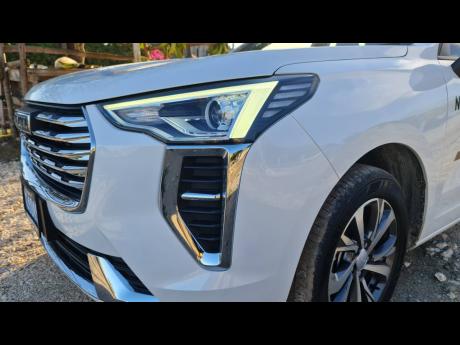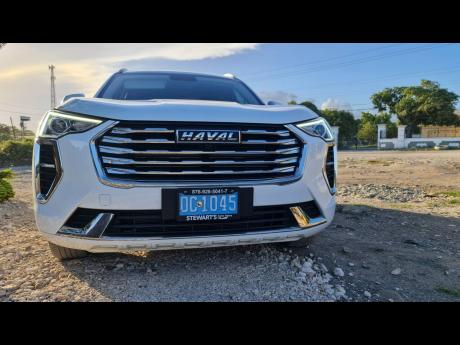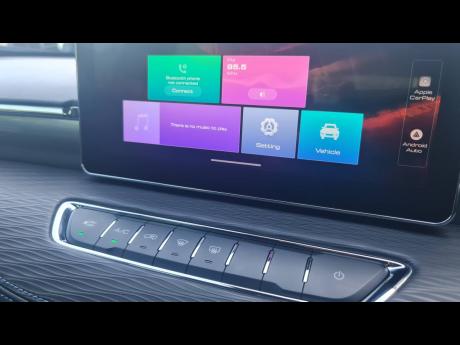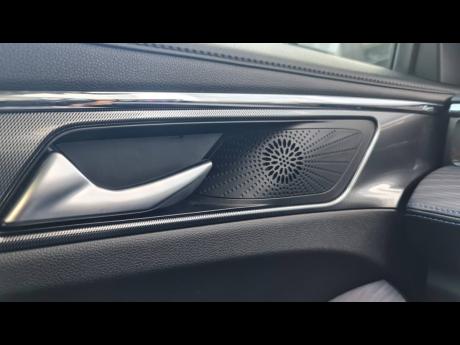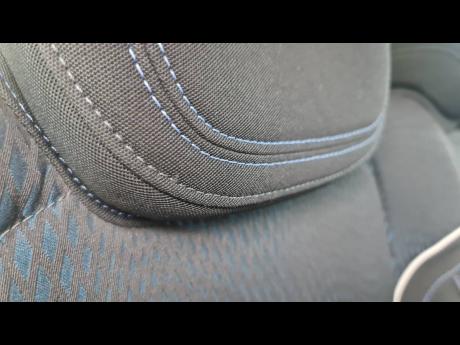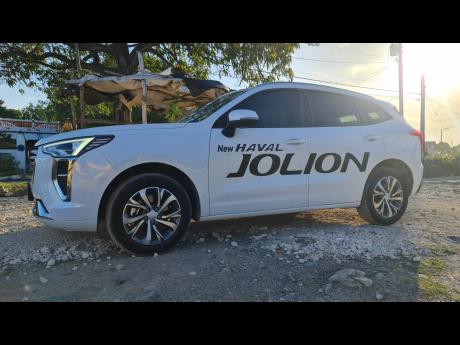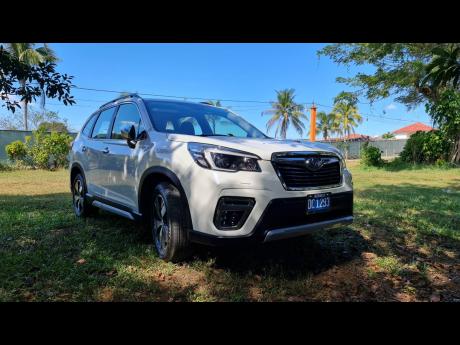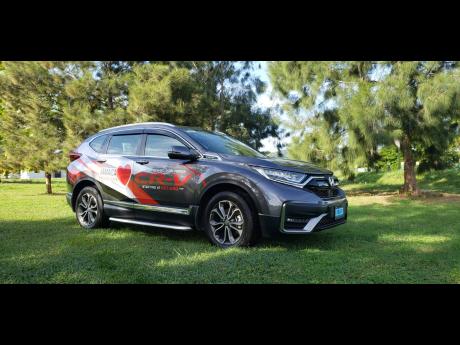Auto review - Haval Jolion
Chinese auto manufacturers Great Wall Motors (GWM), in 2020, entered the competitive SUV market with the Haval Jolion. It is pronounced, Chu-li-an in its native tongue and is translated as ‘first love’.
GWM is China’s largest producer of sports utility vehicles and pickup trucks. The Haval became an independent brand under the company’s umbrella in 2013 as GWM sought to create a distinctive SUV brand.
In our local market, the brand is represented by the P series pickup, the Jolion, and its bigger brother, the H6. The latter two are feature packed as the Chinese are aware that they are coming into a market that already has many other established brands. The Jolion also has a hybrid version, which came out in 2021, however, is not yet available locally.
Designed to be classy
In the past, it was the Korean brands that were looking to penetrate our market, however, much of their designs were deemed quirky by many. These included brands like Daewoo, Kia, Hyundai, and SsangYong. Many of these Asian brands have altered their creative teams to now include European designers, who are constructing visual shapes and concepts that are in keeping with many of the leading manufacturers.
GWM clearly took lessons from the aforementioned companies by ensuring that their SUVs are up to par with the current trends. The Haval starts things off, with this in mind, by keeping the core of its design stylish and classy. This is done by ensuring that the entire silhouette is filled with curves, which also give it a more polished look.
Up front, the halogen headlights take centre stage, with chrome accents complementing the housing. There is also a hexagonal grille, which is flanked by air vents on both ends, reminding persons that it can perform as well.
There is a major character line, which runs from the front door to the back door, giving the Jolion a very healthy and curvy look, and completing the side view are 17-inch rims.
At the back, the rear lights run from the side panel to the trunk and are uniquely designed in an unmistakable fashion.
Comfort on the inside
The first thing that stands out are the materials that are used to give the interior a premium look. Chrome and something that looks similar to carbon fibre are placed generously on the steering wheel, dashboard, and centre console.
As for the dashboard, it is divided into two levels, with the lower one having a textile finish to add character to the layout. It also includes a row of buttons to control some of the climate settings, which I’ll get into later.
In the centre is a 10.25” touch screen infotainment system that looks similar to the tablet-style design used in many Mercedes Benz. The resolution is great as small words can be read easily, with distinguishable tiles that help with navigation. It is linked to six speakers that favour the bass, however, the frequencies for the mid and high can be adjusted in ‘sound settings’.
Everything works smoothly, however, accessing the additional climate control requires touching a small tab at the top left-hand side of the screen. This can be a little annoying as it does require some hand-eye coordination to execute.
Much similar to the Jaguar models, the Jolion uses a shift selector knob, that is surrounded by elongated cell phone compartments and switches to control the park brake and auto hold function. Also borrowed from the european custom is placing the indicator on the right of the steering and the wiper controls on the left.
Below the centre console is a hidden compartment with two outlets for USB charging and data transmission. This is ideal for persons who want to hide their phones, especially when driving with the windows down.
Driving Experience
The Chinese are making it clear that they are a force to be taken seriously in the automotive industry as the 1.5-litre engine performed admirably, with the turbo operating in a non-intrusive manner. The model I tested came with a seven-speed transmission that switched between gears quickly due to the dual-clutch set up.
The front-wheel-drive Jolion also uses petrol efficiently as the gas needle moved by a quarter tank on my round trip to St Thomas from Kingston. Based on the fuel reading, it travelled 9km for every one litre of gas, which, by my calculation, gives it a range of 495km, and this can, basically, cover a round-trip journey from Kingston to Negril.
The engine operated in a responsive manner as I was able to overtake quickly whether I was on a hill or a levelled road. What was more impressive was the ‘pillowy’ suspension, which managed potholes and uneven surfaces confidently. To accomplish this, they used an independent McPherson setup at the front and a transverse stabiliser with Helical spring at the rear. It is definitely one of the most comfortable SUVs I have reviewed, and if these suspensions turn out to be durable, it will definitely be worth every penny.
The Haval performed well and certainly stood out for a relatively new company, so the only thing drivers will be looking out for is its durability and the availability of parts. If these things fair well, then the Haval will be here for a very long time, and its trajectory will be no different than that of Suzuki, which also entered the Jamaica market, several decades ago, in a similar manner.
Vehicle courtesy of Stewart’s Auto Sales Ltd, 876 928 5043, leads@stewartsautomotivegroup.com, marketing@stewartsautosales.com
Price of tested model: $5.5m, 2022 Haval Jolion LUX (High Spec)
Price Range/Options: $5.9m 2022 Haval Jolion Premium (Mid Spec)
Engine: 1497cc 1.5L Turbocharged Petrol
Horsepower: 156
Torque: 154.89 lb.-ft. @ 2000-4400 rpm
Transmission: FWD, 7-Speed Dual Clutch Transmission
Fuel tank: 55 litre
Gas consumption: 9 km/l (highway)
Body Type: Compact crossover SUV
Competition: Honda CR-V, Toyota Rav 4, Nissan X-Trail, Mazda CX5, Subaru Forester.

